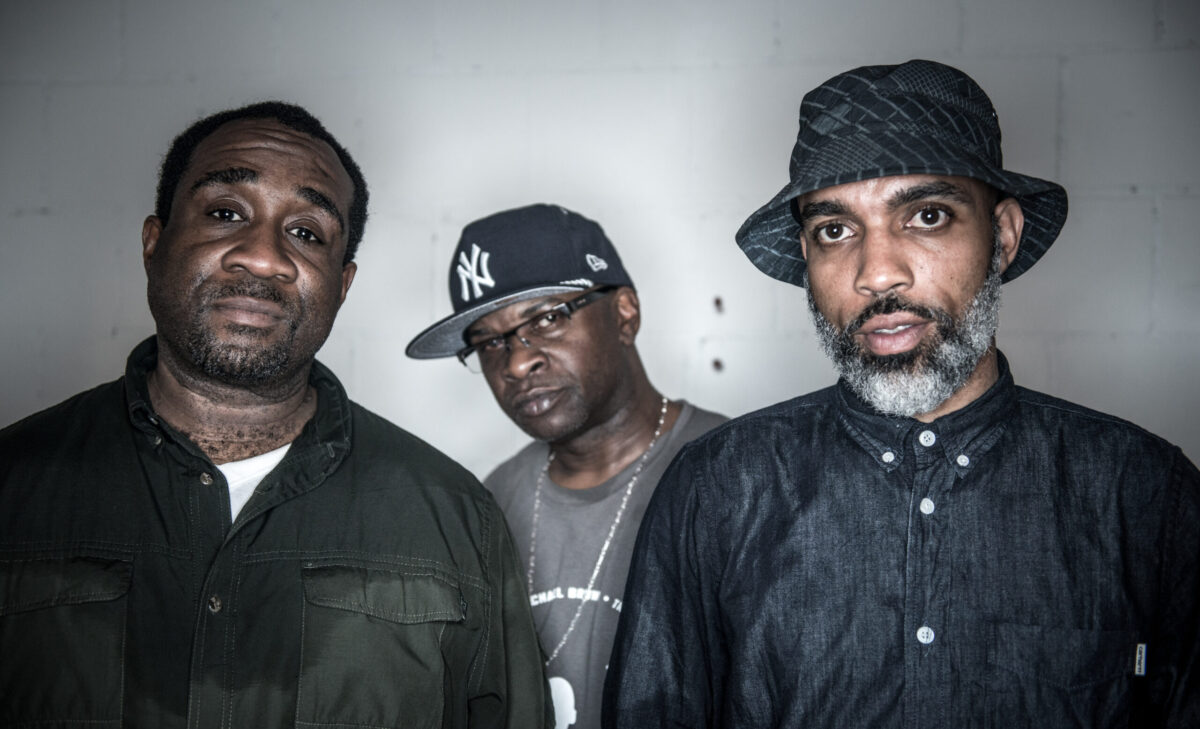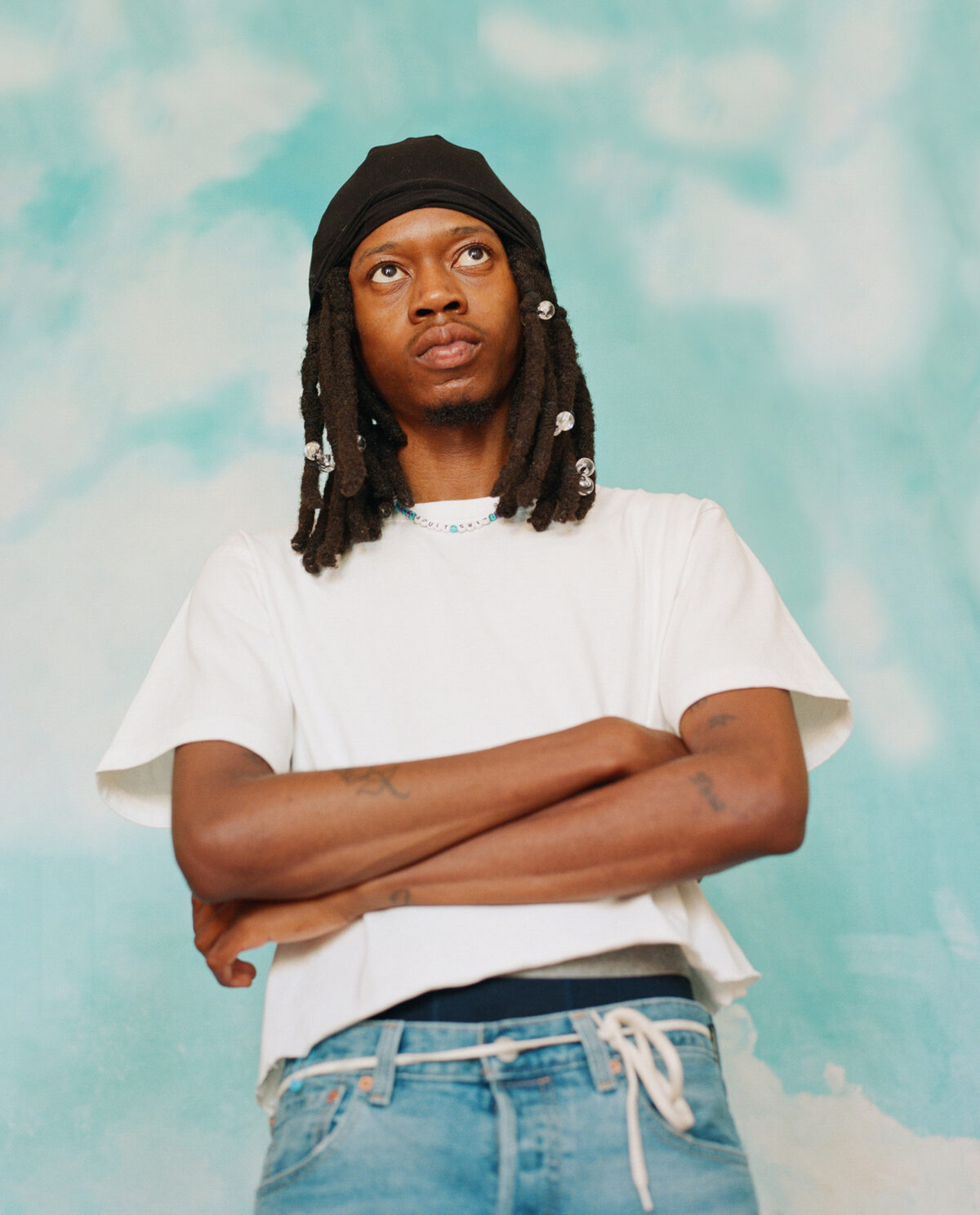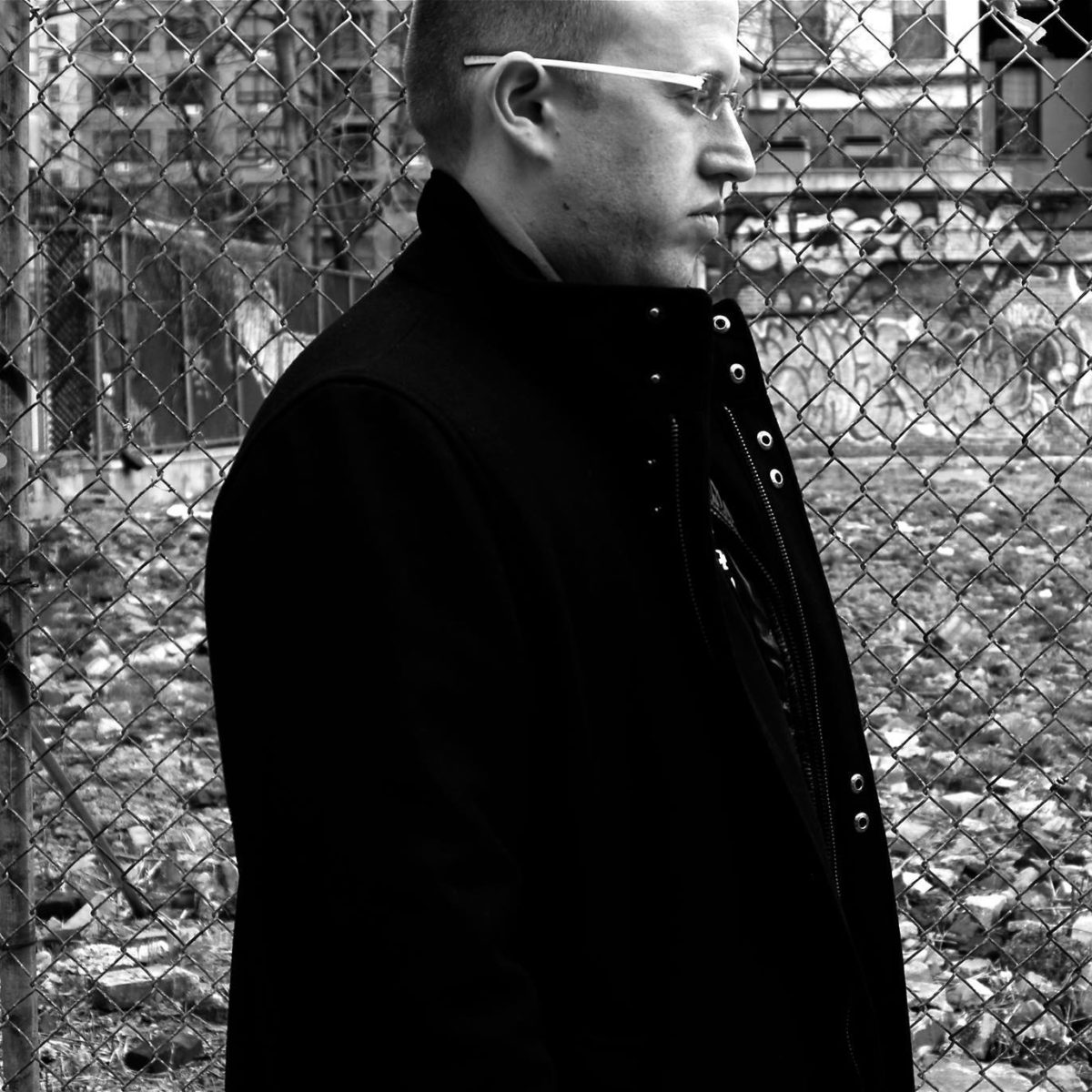
Ticketing Policy
Proof of vax is NOT required for this event
Jungle Brothers

Although they predated the jazz-rap innovations of De La Soul , A Tribe Called Quest , and Digable Planets , the Jungle Brothers were never able to score with either rap fans or mainstream audiences, perhaps due to their embrace of a range of styles — including house music, Afrocentric philosophy, a James Brown fixation, and of course, the use of jazz samples — each of which has been the sole basis for the start-up of a rap act. Signed to a major label for 1989’s Done by the Forces of Nature, the JB ‘s failed to connect on that album — hailed by some as an ignored classic — or the follow-up, J Beez Wit the Remedy.
Mike Gee (born Michael Small; Harlem, NY), DJ Sammy B (born Sammy Burwell; Harlem, NY), and Baby Bam (born Nathaniel Hall; Brooklyn, NY) came together as the Jungle Brothers in the mid-’80s and began their recording career at the dance label Idler. The result of the sessions, Straight Out the Jungle, was released in early 1988. The album’s Afrocentric slant gained the Jungle Brothers entry into the Native Tongue Posse, a loose collective formed by hip-hop legend Afrikaa Bambaataa , including Queen Latifah (and, later, De La Soul and A Tribe Called Quest ). The album’s most far-out cut was “I’ll House You,” a collaboration with house producer Todd Terry and an early experiment in what later became known as hip-house.
Though Straight Out the Jungle had not sold in large quantities, Warner Bros. signed the trio in 1989 and released a second album, Done By the Forces of Nature, that same year. Though it was issued around the time of De La Soul ‘s groundbreaking 3 Feet High and Rising LP and gained just as many positive reviews, the album was overlooked by most listeners. The Jungle Brothers’ chances of mainstream acceptance weren’t helped at all by a four-year absence after the release of Done By the Forces of Nature, inspired mostly by Warner Bros.’ marketing strategies. Finally, in the summer of 1993, J Beez Wit the Remedy appeared, complete with a sizeable push from Warner Bros.; unfortunately, the large amount of promotion failed to carry the album. Obviously not learning from their earlier mistakes, Warner Bros. also delayed the release of the group’s fourth album, Raw Deluxe, until mid-1997. V.I.P. followed in early 2000, and All That We Do was released in 2002. ~ John Bush, Rovi
Deem Spencer

deem spencer is getting into the flow. The 27-year-old Queens native retraces his upbringing while wading to- wards a hopeful future on his fourth album adultSW!M. On adultSW!M, deem’s pensive mood hasn’t left – it’s evolved. deem showcases his evocative bars with collaborations alongside DRAM, MAVI, Orion Sun and additional production from MICHELLE’s own Julian Kaufman, Pip & Stelios, Spenser Williams and others. An ode to finding serenity after the storm, deem’s approach to his most ambitious project yet is equally meditative.
“Love brought me to this place where I’m thinking about building something that lasts and making some- thing of myself,” said deem. “It’s started making me feel very mature in thinking about the future.”
Hailing from the gritty section of South Jamaica, Queens, deem’s mellow rhymes have made him an outlier in New York’s rap sphere, but he reinforces that his borough was anything but safe. To protect himself and his family, deem had to find his own orbit, seeking refuge from a local church that guarded him from the streets. In high school, deem often went to church as a safe haven, which helped him fortify relationships throughout South Jamaica so he was always out of harm’s way. Strengthening his neighborhood ties and connection to God, deem’s spiritual origins would later influence adultSW!M to have baptismal textures.
deem dives within the depths of nostalgia, reconciling with the loss of his grandfather on album single “27.” The song, which features R&B vocalist DaVionne, also contextualizes deem’s fears of the 27 Club theory, where a thread of artists including Amy Winehouse, Kurt Cobain, Jimi Hendrix and Janis Joplin have died at age 27. On the Spenser Williams-produced song, deem raps, “They be saying Heaven running out of rooms/ And they ain’t been taking legends/I gotta assume when I make it there it’s Heaven.” deem looks inward and gets candorous about his fears, allowing himself to take form through the burden of grief.
Allowing himself moments of desolation and clarity, deem stays true to his humble Queens origins. On “To have it all,” deem accepts himself despite not fulfilling the ‘wealthy’ rapper archetype like his 2000s predecessors 50 Cent and Lil Wayne. “I ain’t even met my goal/I ain’t even get back home/I ain’t even get back here/where the fuck I started,” he ponders on the song. Aware of his responsibility as a budding artist, deem is essential to New York’s world-renowned rap scene, breaking barriers with a free-spoken delivery.
Introspective in nature, deem’s abstract quality is both intrinsic and groundbreaking in the contemporary hip- hop landscape. Using a softer tone unlike many of his rap peers, some may consider deem’s presence ‘atypical,’ but he’s nonetheless distinguished within the genre. deem spencer may have a reserved disposition, but he gets sincere on adultSW!M, willing to meet listeners where they are.
Herbert Holler

Herbert Holler Official Website | Herbert Holler on Facebook | Herbert Holler on Twitter | Herbert Holler on Instagram
When I was little, I had problems sleeping. I wasn’t putting myself to bed ever, really. My parents tried everything in the book to get me out, but nothing worked. One night, my dad was at the bar doing his funny dance to Survivor’s “Eye of the Tiger,” and I asked him to pick me up. Less than five minutes later, I was out. Every night thereafter, he slung me over his shoulder just before bedtime and danced me to sleep—to Queen, Styx, Chicago, Meatloaf and lots and lots of Electric Light Orchestra.
ELO was our personal favorite. I ended up memorizing every word to every song off “Out of the Blue.” Anytime we were in his Honda Accord ’87, that 8-track went in. My mom had her input, too. Mostly Billy Joel, Tom Jones, maybe some Diana Ross. She tried singing me to sleep some nights, but “Why Do Fools Fall in Love” doesn’t really set the mood for deep slumber. She gave me my very first piece of vinyl—1966’s “The Best of the Beach Boys.” After the needle gave up trying to stick to that record, she handed me the soundtrack to “Hair.” When the day finally came for me to start learning the value of a dollar and buy my own music, the first tape I went out and purchased was Run DMC’s “Raising Hell.”
How I got from 70s orchestral rock, surf ditties, and Broadway musicals to hip-hop, I’ll never know. But that diversity has stuck with me to this day. Just when I pledge allegiance to some new rap artist, I’m a bloodthirsty digger searching for a new, synthetic electronic sound I heard on satellite radio or on somebody’s blog. And then I’m back frantically Googling a soul or disco sample I recognized from an old tune or putting the finishing touches on a Dubstep mix I took way too much time obsessing over or re-organizing my play lists so I know the difference between bounce, trap and an old Dirty-South anthem.
The question of how I ended up spending half my waking hours in a nightclub is easy: I practically grew up in one. Again, my father is to blame. He used to be the Food & Beverage Manager at Resorts Casino Hotel in Atlantic City, NJ, my hometown. I clocked more hours at that place than some of the people on payroll. And this was the 80s, mind you, when the casino strip was as glamorous as it would ever be: fur coats, pearl necklaces, big Cadillacs and Liberace (who I saw live…many times). The lights, the sounds, the electricity in the air, even the smells…these things never left.
Nor has my penchant for making people smile. In grade school I brought class clown to a new level. It cost me my grades, and also led to a few suspensions, but there was nothing I enjoyed more than leaving my classmates in stitches. Sometimes even the teacher had to take a second to regain composure. I thought maybe I’d make a good psychiatrist, helping people smile, so I went premed at NYU, till I realized the night before classes started that I’d have to sit still and study a lot. (Hence the B.A.) Naturally, I tried my hand at comedy (performed improv at the UCB Theater in 2001 and put together a sketch group called “Plan B”), but I couldn’t afford to be broke, and I was already getting gigs and discovering my knack for making dance floors pop. So, it was settled: I was to be a professional DJ.
Today, my career is in its 15th year with no signs of slowing down. I’ve played just about every NYC lounge, bar and dance club from Wall Street to 125th, from Brooklyn to the Bronx, not-to-mention residencies and guest spots across the globe; I continue to work with a growing list of high-profile clients, event-production teams and world-renown artists; I spin some of the most celebrated annual events in NYC, including the Brooklyn Black Tie Ball and Central Park SummerStage; I’ve created the most legendary old-school dance party in NYC history, the award winning Freedom Party® (voted “Best Party” by Papermag in 2010 and “Best Dance Party” by Village Voice in 2015; also a monthly in Chicago); and I continue to create unforgettable dance floors for people from all walks of life.
After years of hard work, dedication and professionalism, my name and reputation as a DJ in the music and entertainment industry precedes itself. And though I don’t get to play nearly as much ELO at the gigs as I’d like to, and 8-track tapes (and Liberace) are long gone, my love for the music, the night, and for making people smile are still here.

